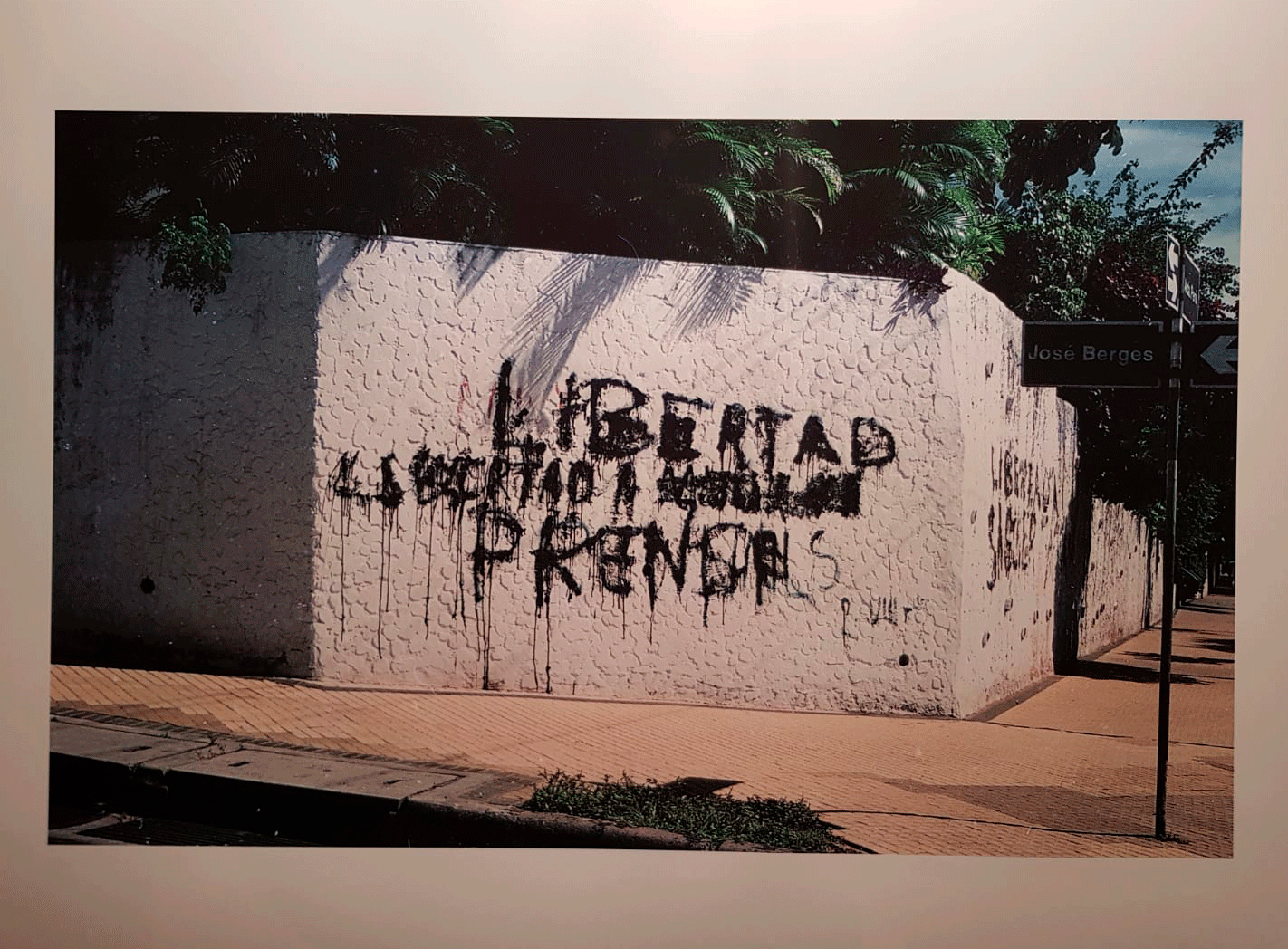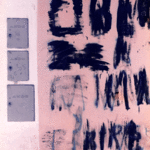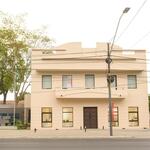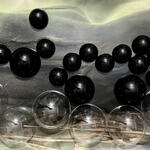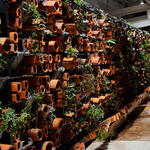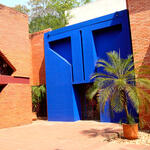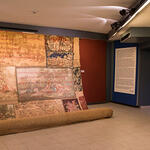Osvaldo Salerno
Bio
He was born in 1952, in Asunción, Paraguay, where he lives
and works. Visual artist, designer
graphic, museographer, architect and
cultural manager. In the middle of the
sixties begins in the experience of the visual arts. His
interest in graphic printing
began in 1969 from a
reflection about the possibility
to modify the engraving matrices that in Paraguay were
They referred exclusively to woodcuts and were based on fixed blocks.
The work, made from the trace of real objects,
It constituted a significant contribution to the development of modern graphics in his country. The idea of transgressing traditional graphic procedures led him to print materials and
various objects until you reach the point of using your own body as
matrix.
Parallel to this process, starting in 1977 and for some years, he worked on the study of the possibilities
of the painting. This process led to an investigation
about the effects created by graffiti (anonymous popular protests written on the walls of the city), being
Photography taken by
Alba Acosta
4
censored by the police: the drippings, the crossing outs and the
overwritings were worked on in their textural possibilities, their transparencies and their chromaticisms to name the
cries omitted by military repression and suggest the many
voices and texts that secretly intertwine in cities.
Towards the end of the eighties, the development of mixed techniques and media began, which opened the work to construction.
of objects, installations and assemblies. Your work done
After the fall of the Stroessner military dictatorship (February 1989) it acquired a different formulation. The so-called Transition to Democracy had opened a scene of
formal freedoms that did not exist in the previous period, but,
As in the other countries of the Southern Cone, this new scenario served as the background for a rapid process of trivialization.
of collective memory and the gradual emergence of a new
way of political work linked to drug trafficking and
corruption. The culture of the Transition, worked fundamentally in terms of advertising and market registration, promoted images that were too obvious to take charge of the intense processes of symbolization that history
required.
Statement
I am interested in working with real objects and bodies, either by printing them, so that their traces and traces are maintained, or, in the case of objects, presenting them directly in the visual scene, both in shop windows and in installations. This task seeks to deepen certain issues intensely linked to the human condition, its threats, its projects and its limits. My work does not seek to become a literal manifestation of these issues, but rather to promote their various meanings through the work of aesthetics and the poetic dimension.
